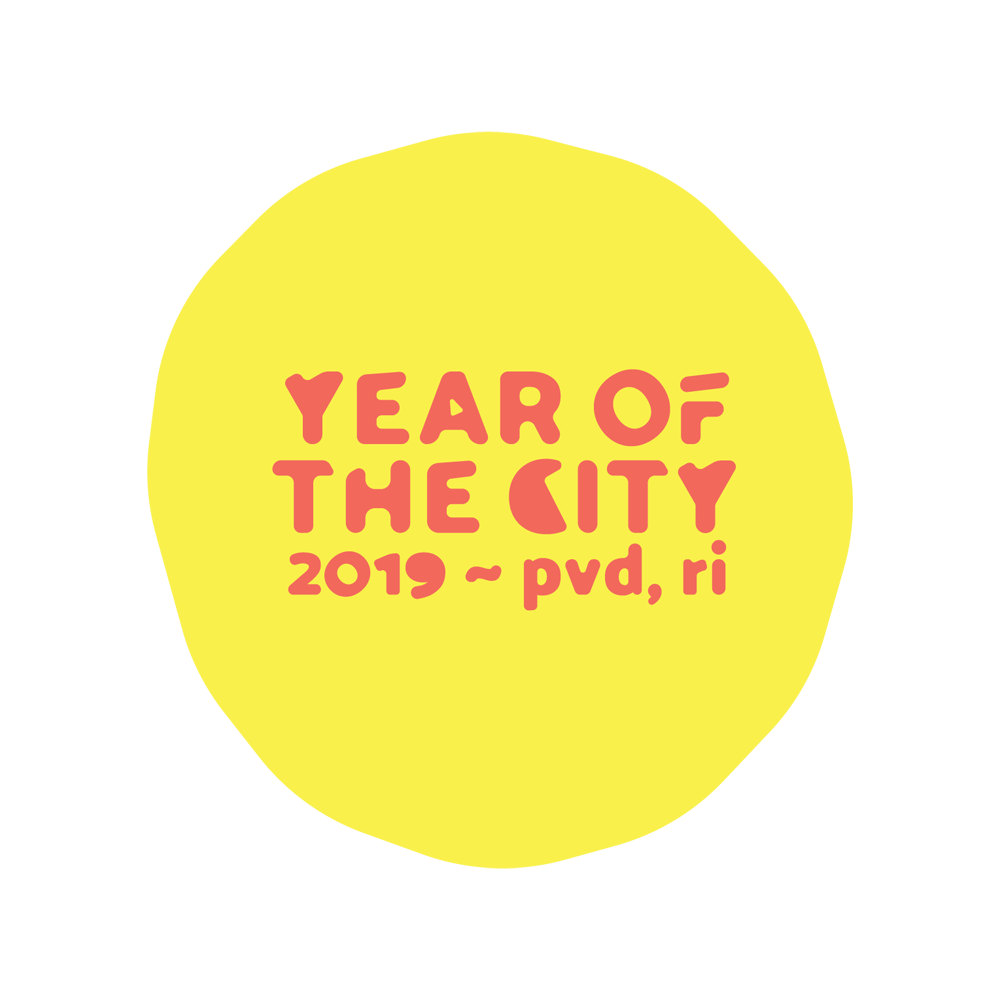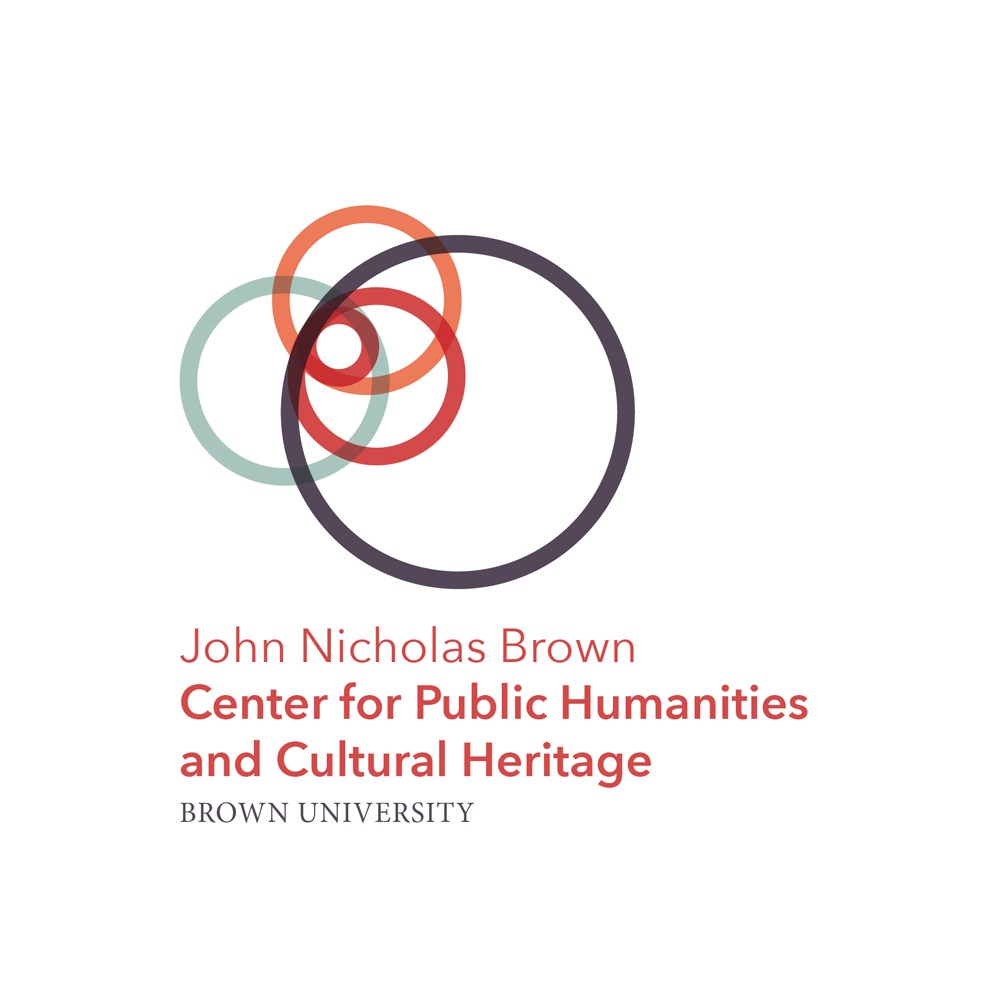41.8219° N, 71.4171° W
April 1 - June 30, 2019
The 2019 Exhibition & Program Series, 41.8219° N, 71.4171° W, examines themes of permanence and impermanence, mutability and immutability, and creates intentional links between the two. Although the object of each study differs, both exhibition and program series read the evolution of the urban landscape and the imprints left by human activity.
As PPL undertakes a major renovation and reinvention for the 21st century, the 41.8219° N, 71.4171° W program series looks closely at our building’s continuities and changes over the past 120 years to see what it can tell us about the history and future of our city. Buildings, especially civic spaces, are dreamed up and designed with permanence in mind, and reflect the civic moment of their conception. Fifty or a hundred years later, what can we read in the architecture and siting of a building? How does it reflect its past as well as our present?
Moving beyond our building, the 41.8219° N, 71.4171° W exhibition focuses on the histories of vacant places and open space throughout the city of Providence, utilizing site-specific installations and a digital tour featuring maps, photographs, and information gleaned from PPL’s Special Collections. Our eyes often pass over vacant space, but this exhibition hones in on it, telling the stories of empty lots, parks, parking lots, crumbling foundations, and fields, and re-considering the landscape as a surface on which humans have built and erased repeatedly over the ages.
By starting with PPL’s building as a focal point and rippling outward, 41.8219° N, 71.4171° W explores how our environment illuminates the larger history of Providence and encourages our audience to spend the year looking at their surroundings in new ways.
41.8219° N, 71.4171° W - Highlights from the exhibition Rhode Tour

























